In 2014, Fundación CANNA has carried out a study in which 55 Cannabis samples from 31 social Cannabis clubs from Catalonia were analysed. The aim was to learn about microorganisms that could appear and give information about the average potency of the Cannabis dispensed. The results were shown in the scientific park of the University of Catalonia in October.
by Fundación CANNA
MICROBIOLOGICAL ANALYSIS
Cannabis, like any other plant or food, is susceptible of contamination by different microorganisms during cultivation, processing, preservation and dispensation. In general, we can say that the better the practices on such processes, the lower the microbiological level will be. Therefore, the total amount of microorganisms present is an indication of the way the whole process has been carried out. On the other hand, we have to pay attention to which of the organisms pose a risk for the user.
Within the potentially pathogenic microorganisms that can be found in Cannabis, there are the ones belonging to the Aspergillus genus, which comprise of several species, some of them potentially harmful. The spores of these fungi are generally found in the environment and are capable of developing in a wide range of mediums, from decayed matter to walls, always under high humidity levels. The risk these fungi pose to human health comes in two forms. One of them is the capacity of some species to produce micotoxins. These mycotoxins, called aflatoxins, are highly carcinogenic substances. The second, is their ability to invade human tissue, causing what is known as aspergillosis. This pathology consists of a development of the fungus in the human body and the reaction of the organism covering it up with cells that will end up in a mass, called aspergilloma. Even though most people with a healthy immune system can fight the presence of this fungus, it is a high risk to immunosuppressed users.
The spores of these fungus are inhaled in the smoking process and even when the ones in contact with combustion are terminated, the rest can easily reach our lungs. Cannabis that has not been properly dried is an ideal culture medium for the development of this kind of fungi. The fungi that belong to Penicillium genus can be present too. This fungi can pose a problem to sensitive people (allergic). Mucor genus fungi were also found.
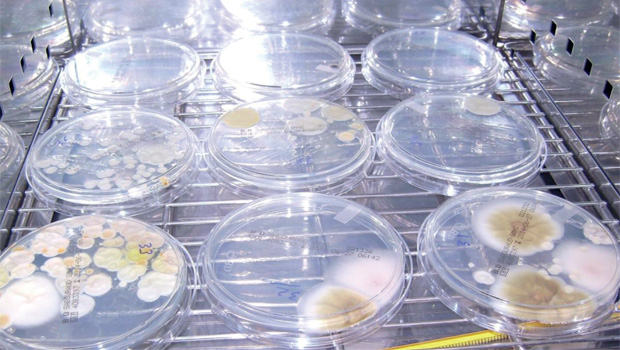
Enterobacteriaceae are normally found in soil and faeces. The presence of these bacteria indicates an inappropriate handling of the product as the right hygiene measures haven't been applied. The use of organic fertilisers of animal origin that have been wrongly composted also imply a risk of contamination. Some of these enterobacteriaceae which can be present in Cannabis are E.coli and Salmonella. The way to get in contact with these microorganisms, unlike what happens with fungi, is in the process of making the cigarette. When somone touches a contaminated sample with their fingers and then touches food or brings their fingers to their mouth, the contaminating microorganisms could enter the body.
In order to determine the microbiological levels, 100 mg of each sample previously homogenised were weighted and diluted in saline solution. After making a series of dilutions, they were sowed in different culture trays with all the necessary nutrients for the development of microorganisms. Specific trays were used for the general growing and others for the development of enterobacteriaceae and fungi. In order to favour their growth, they were incubated in culture incubators with the right temperature. As soon as microorganisms start growing, they appear as a mass of different colours and shapes. Each of these masses is called a colony and the value obtained is the amount of units that shape the colony per gram of product. Bacteria that showed growth were isolated and identified by stablished commercial methods. Fungi colonies formed in their corresponding plates were isolated and dyed for their subsequent microscopic identification. Just 3 out of all the samples analysed presented Aspergillus.
Regarding the total microbial levels, one of the problems we faced, is that there are no references indicating what maximum level of microorganisms is safe for recreational consumption of Cannabis. As a reference, it should not exceed 100 ufc/g of microorganisms and 10 ufc/g of fungi and yeasts.
The microbiological analysis was carried out by the professor of Pharmacology Manuel Pérez Moreno.
EXPERIMENTAL PROCEDURE
1. SAMPLES CLASSIFICATION
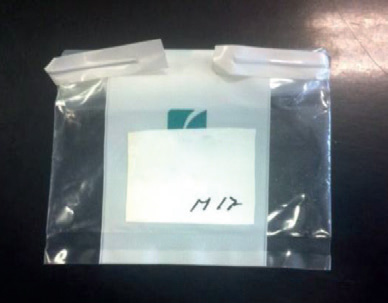
2. HOMOGENISATION
Carried out with the help of a laboratory grinder and scale.
3. DILUTION
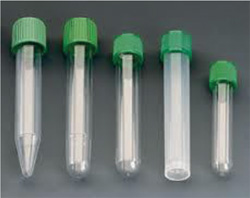
Sterile test tubes
4. SOWN AND GROWTH
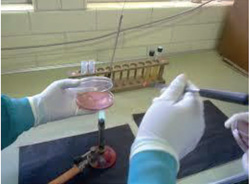
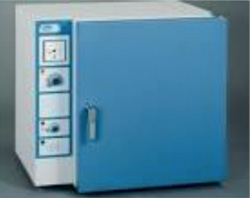
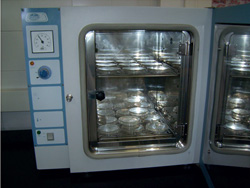
Laboratory oven
5. ISOLATION
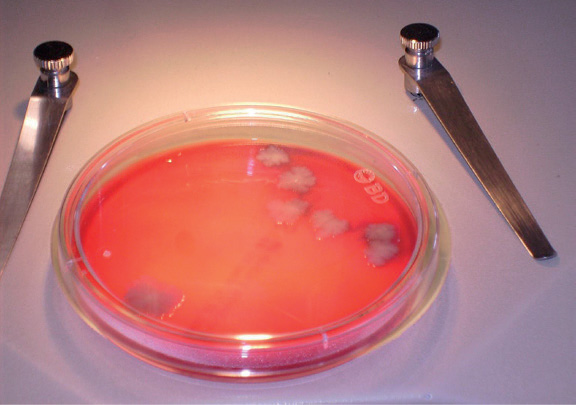
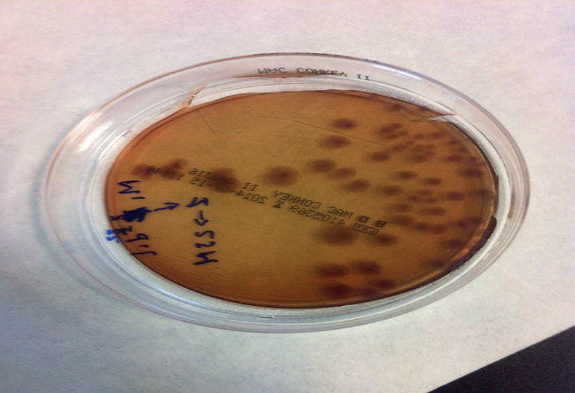
6. IDENTIFICATION
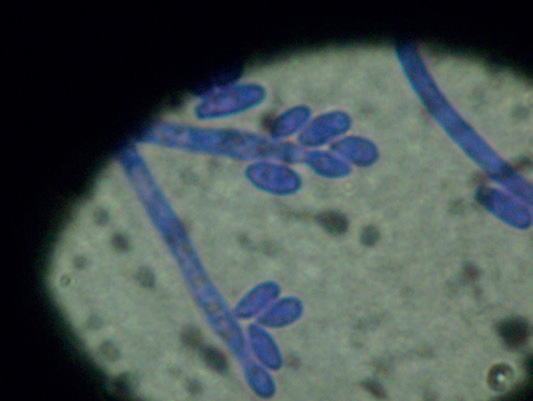

7. QUANTIFICATION
- X= UFC/g
- X= nº of colonies x 10 μl x 10 ml. x 10mg.c
8. RESULTS
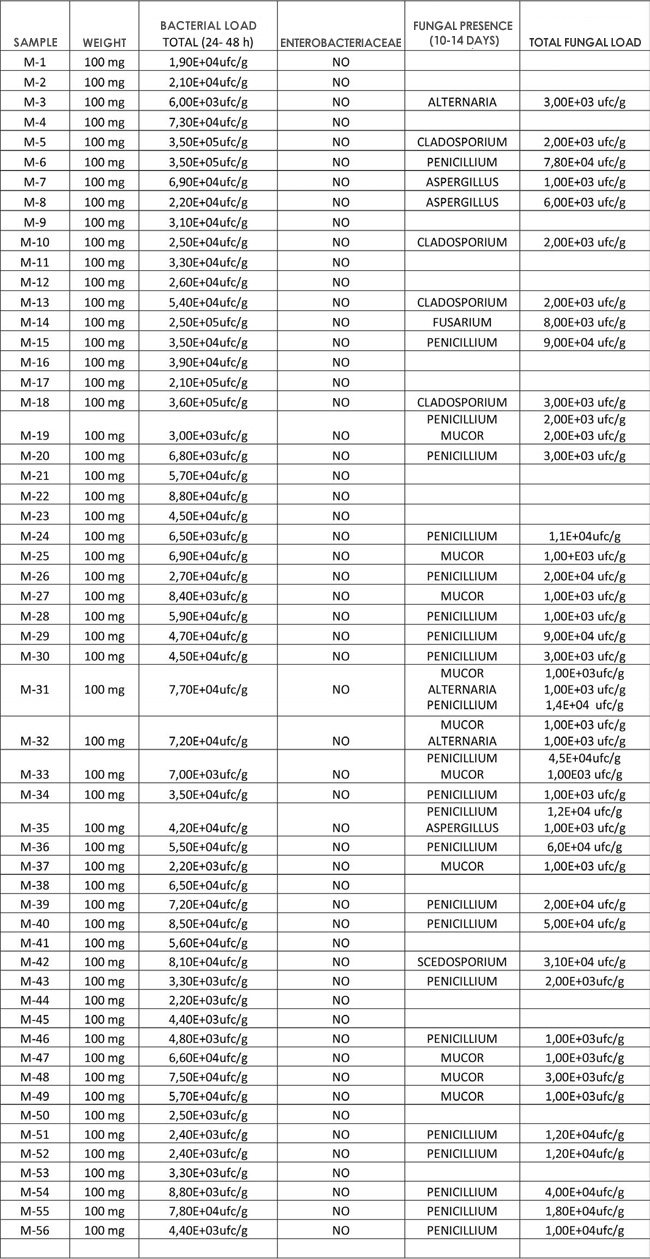
M-51 and M-52 are the same sample.
POTENCY TESTING
The technique used for THC and CBD quantification in the examined samples was gas chromatography with flame ionisation detector (GC-FID). As far as this analysis is concerned, the amount of quantified cannabinoids is the sum of acid and neutral cannabinoids present, as when using heat in the testing, the acid cannabinoids decarboxylation occurs. It is an approximate representation of what occurs when people smoke.
Prior to the analysis of the samples, the analytic method was validated. This is an indispensable requirement when quantifying cannabinoids, as it is the key to reliable results.
Initially, calibration was carried out with certified CBD and THC cannabinoid standards. The calibration line proved to be linear for both cannabinoides. Repeatability, method reproducibility and recovery were also evaluated.
When such verifications were made, the analysis of the samples took place.
The THC average of the samples showing a CBD/THC ratio under 1 (that is, THC prevails against CBD) was of 12.16%. Just two samples in which CBD concentration was over THC were found (ratio CBD/THC over 1).
RESULTS
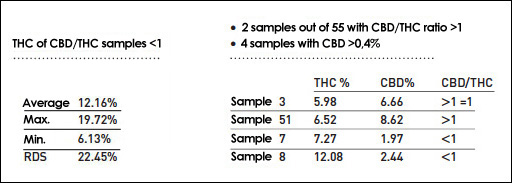
The potency test was carried out by Technical Agricultural Engineer and Biotechnologist Ignacio García.
These data can serve as a starting point for future studies that make knowing the potency evolution and presence of samples high on CBD levels dispensed in CSCs possible.


